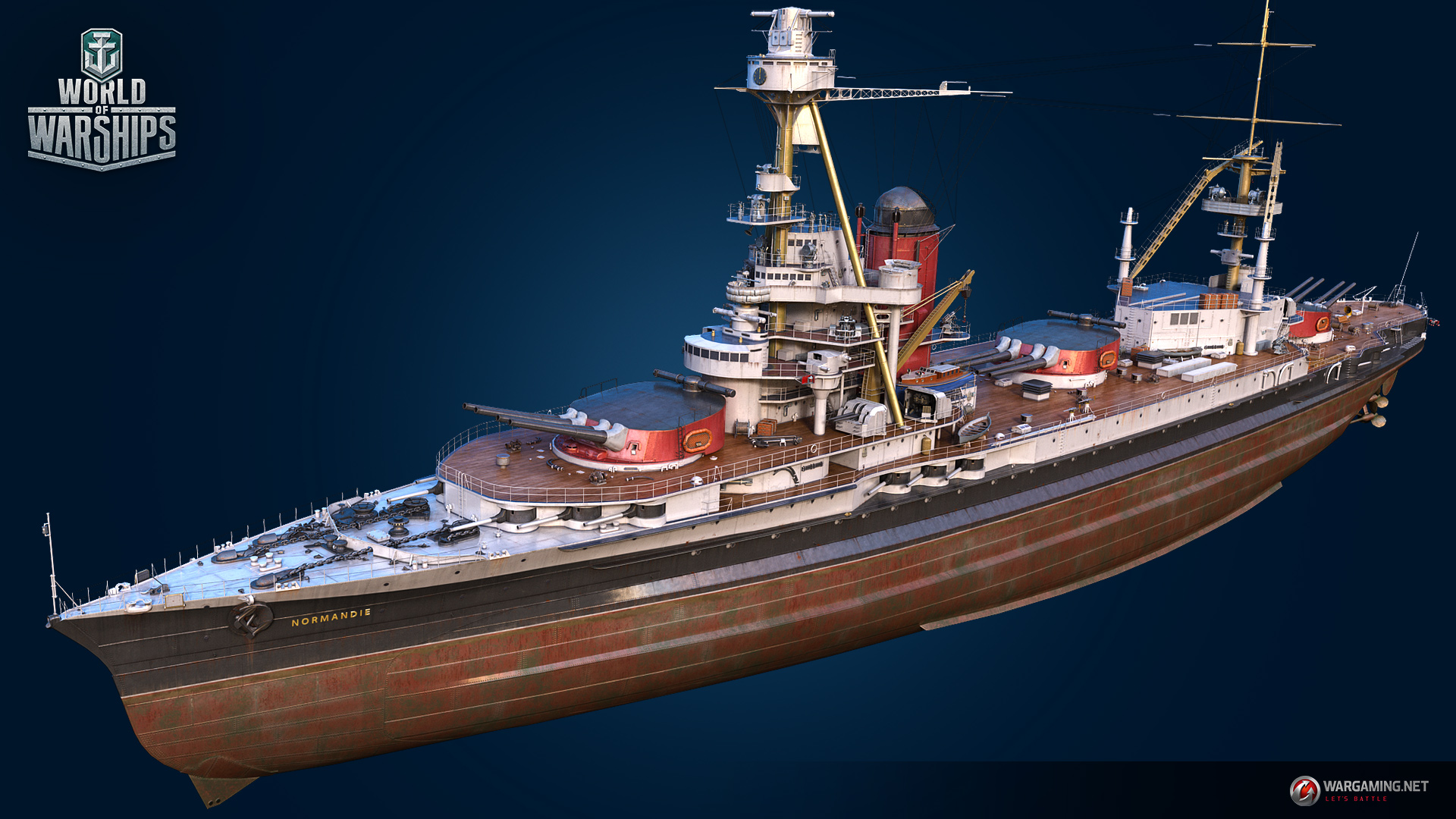

“We were talking about influences and what we’re seeing and no one had really ever heard of razzle dazzle camo,” she says. At the Sherwin-Williams annual color forecast meeting, Director of Color Marketing Sue Wadden said attendees’ jaws dropped when a slide went up on this topic. These bold, geometric patterns are now being used in commercial and residential projects as a design element on painted walls, wallpaper and fabrics. It’s even said that razzle dazzle had influenced Picasso’s Cubist style and meandered into Italian Futurist art. Vorticist artist Edward Wadsworth, who supervised the camouflaging of more than 2,000 ships during WWI, also painted a series of canvases of dazzle ships after the war, based on his wartime work. Wilkinson explained in 1919 that he had intended the patterns to mislead the enemy about a ship’s course. Credited to the British marine artist Norman Wilkinson, the designs featured complex patterns of geometric shapes in contrasting colors, interrupting and intersecting each other. So how did this type of art go from warships to walls? Dazzle camouflage, also known as razzle dazzle (in the U.S.) or dazzle painting, was a ship-camouflage technique used extensively in WWI, and to a lesser extent in World War II and subsequent wars. Today, the influences from this defense tactic are showing up in unexpected places: On the walls of cafes, stairways and clients’ homes as an element of interior design. That’s exactly what the strategists behind Razzle Dazzle Camouflage had in mind during WWI when they suggested painting warships in a way that distracted and confused the enemy. What was once the mainstay of paint design on World War I warships has transformed into an interior design trend that can add a punch of bold, modern elements to your next client project.


 0 kommentar(er)
0 kommentar(er)
